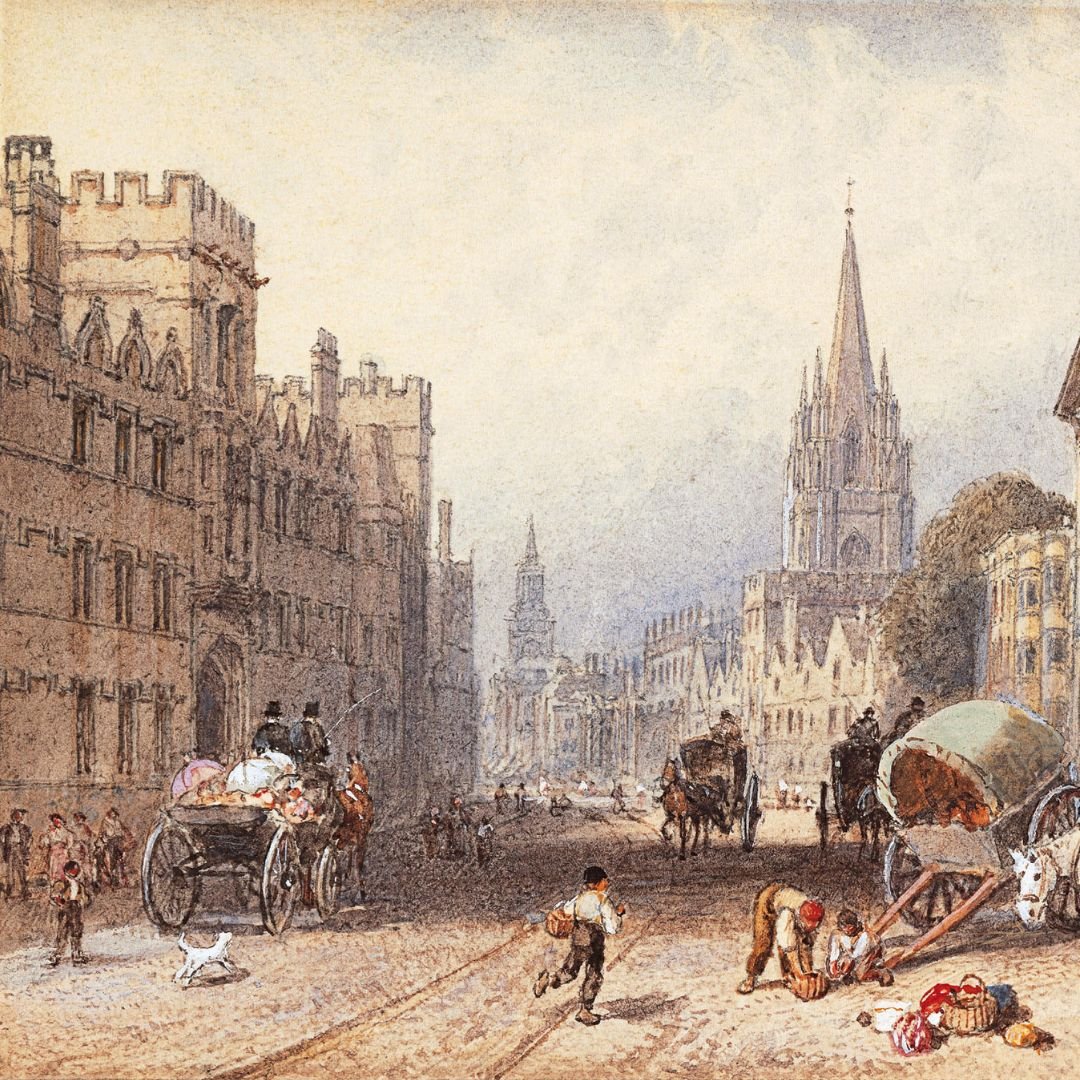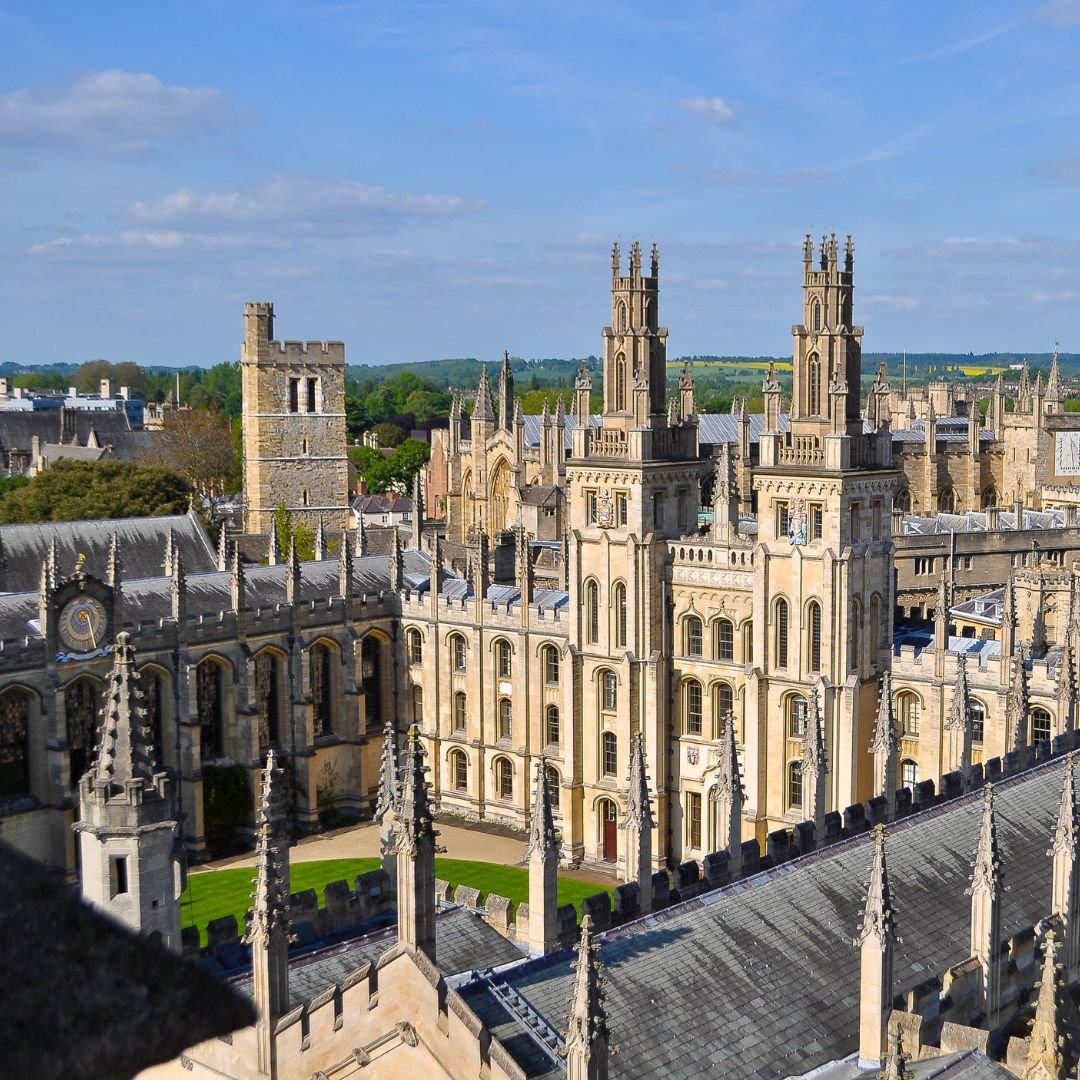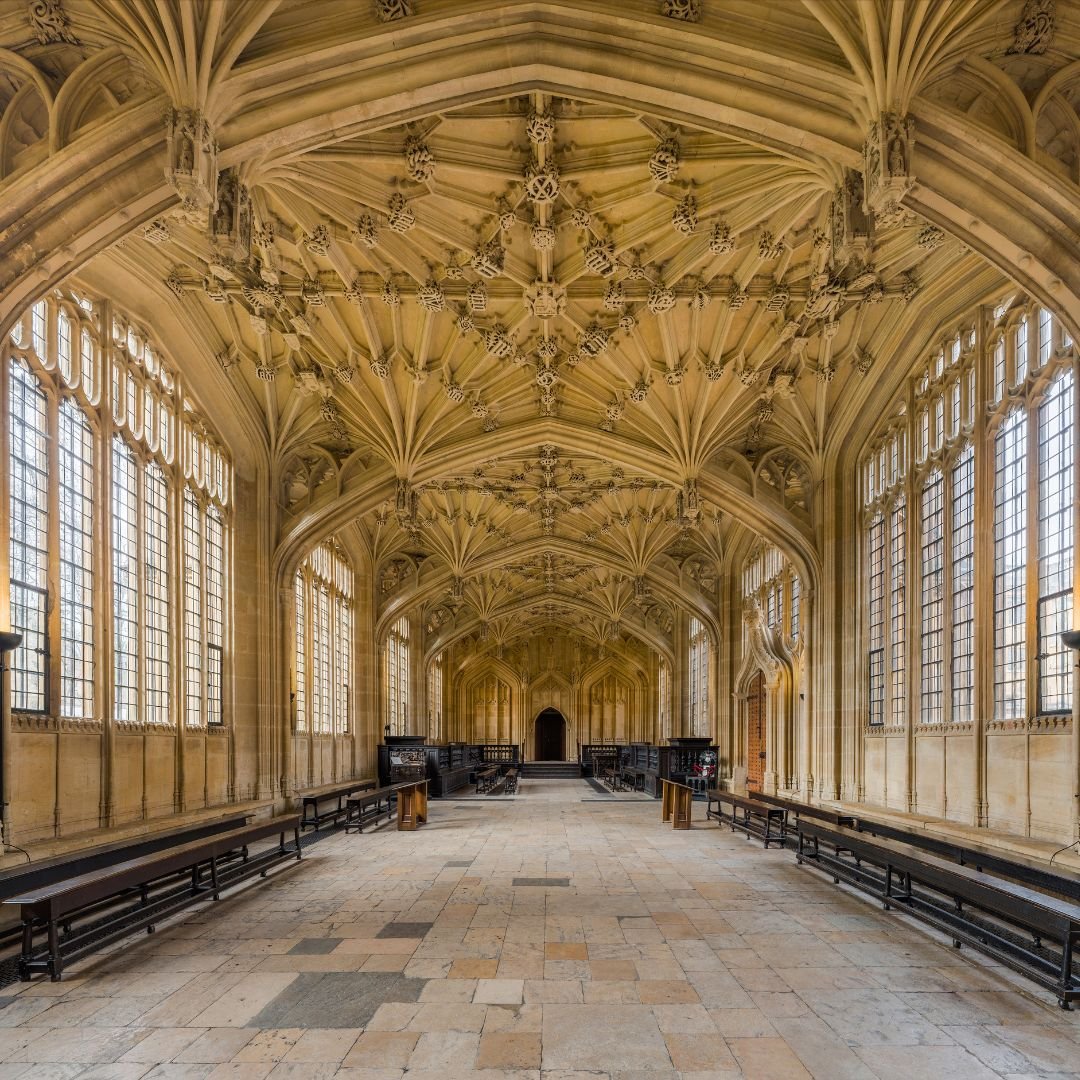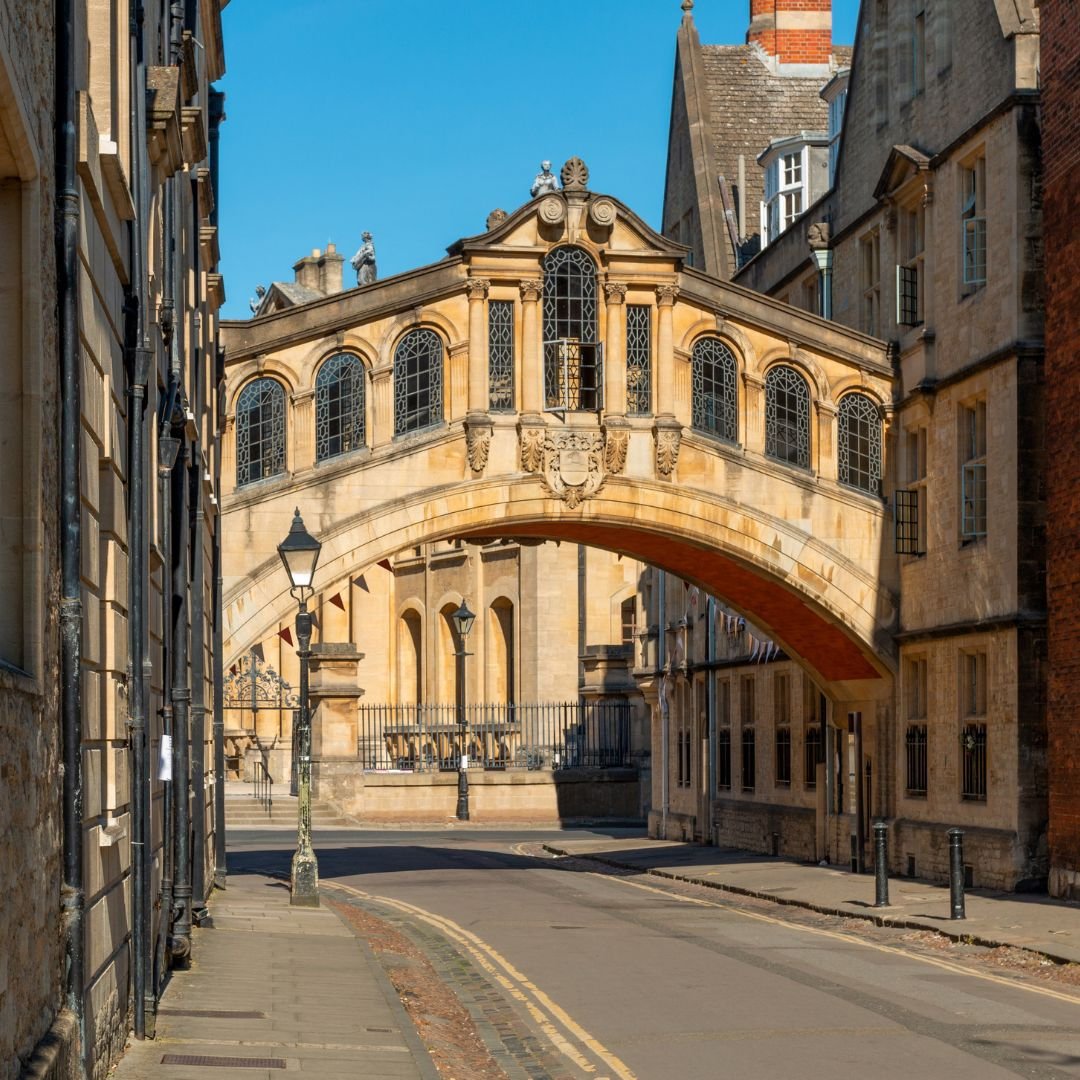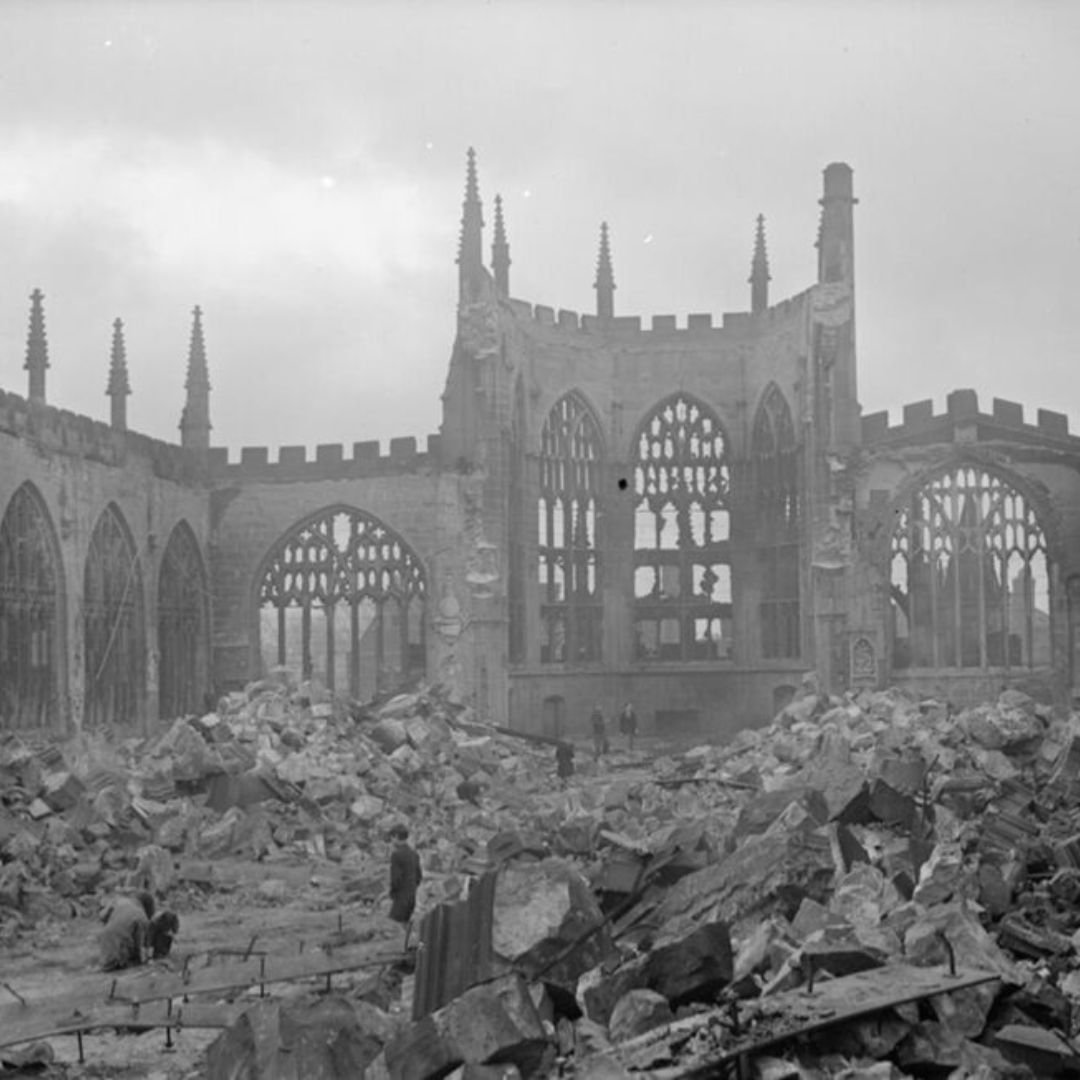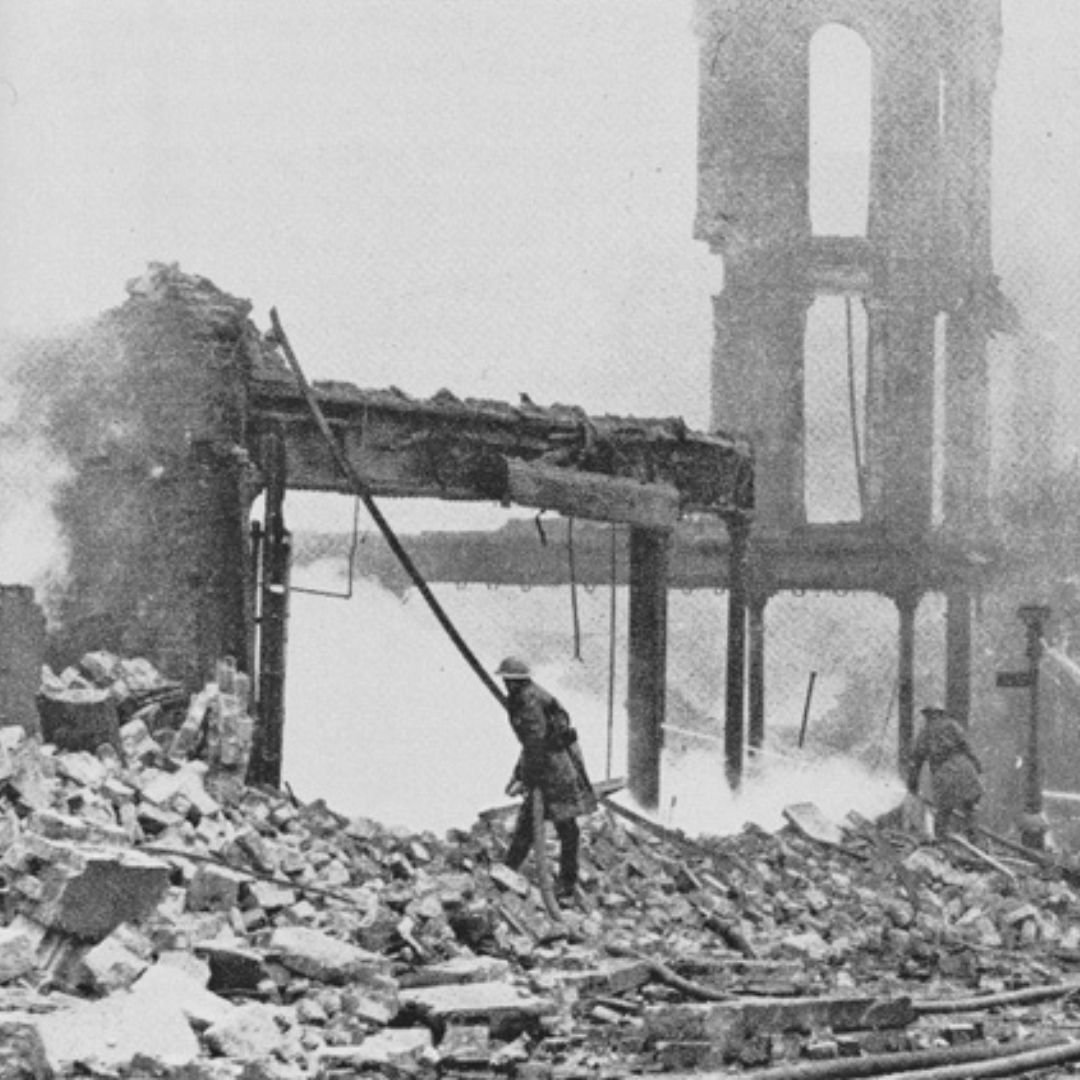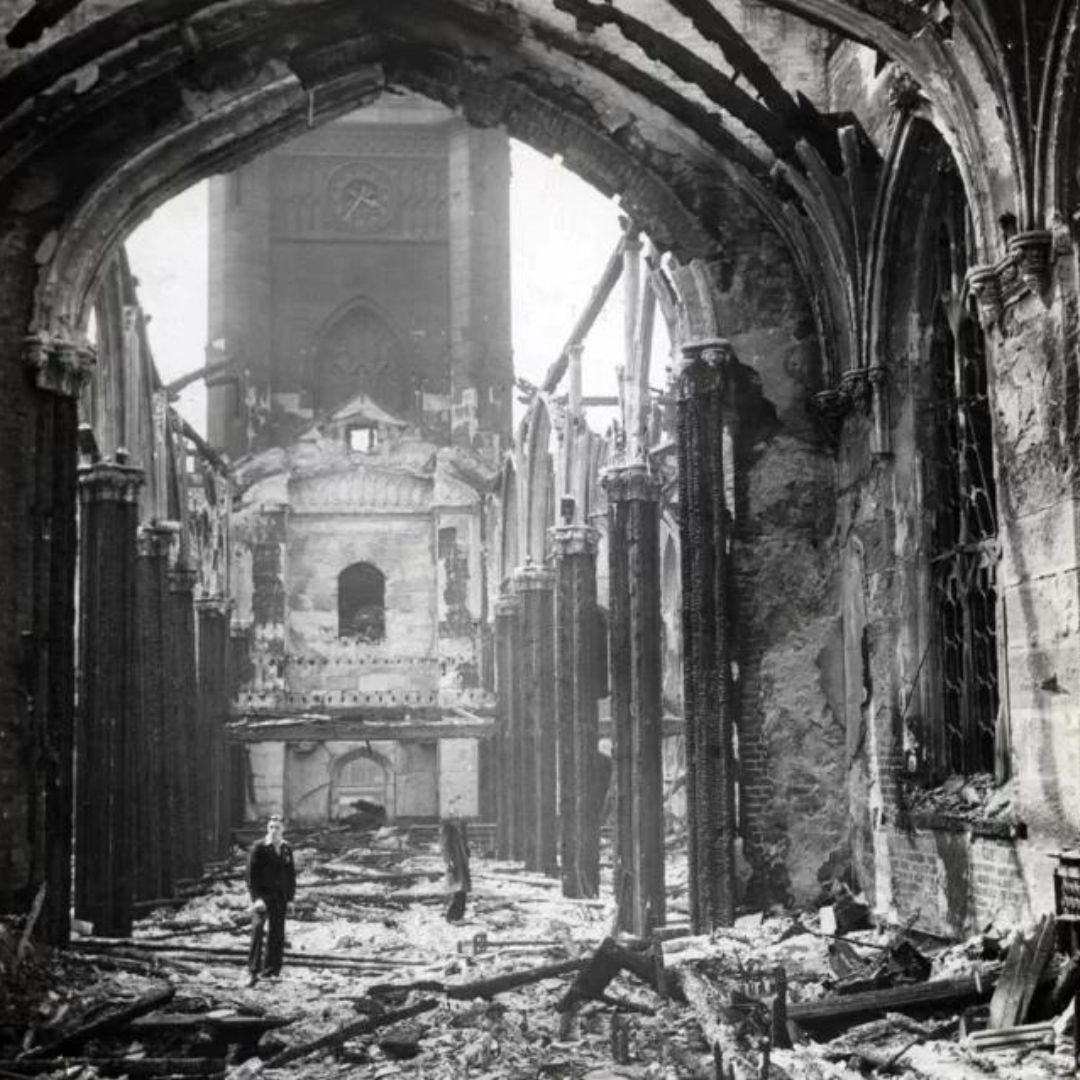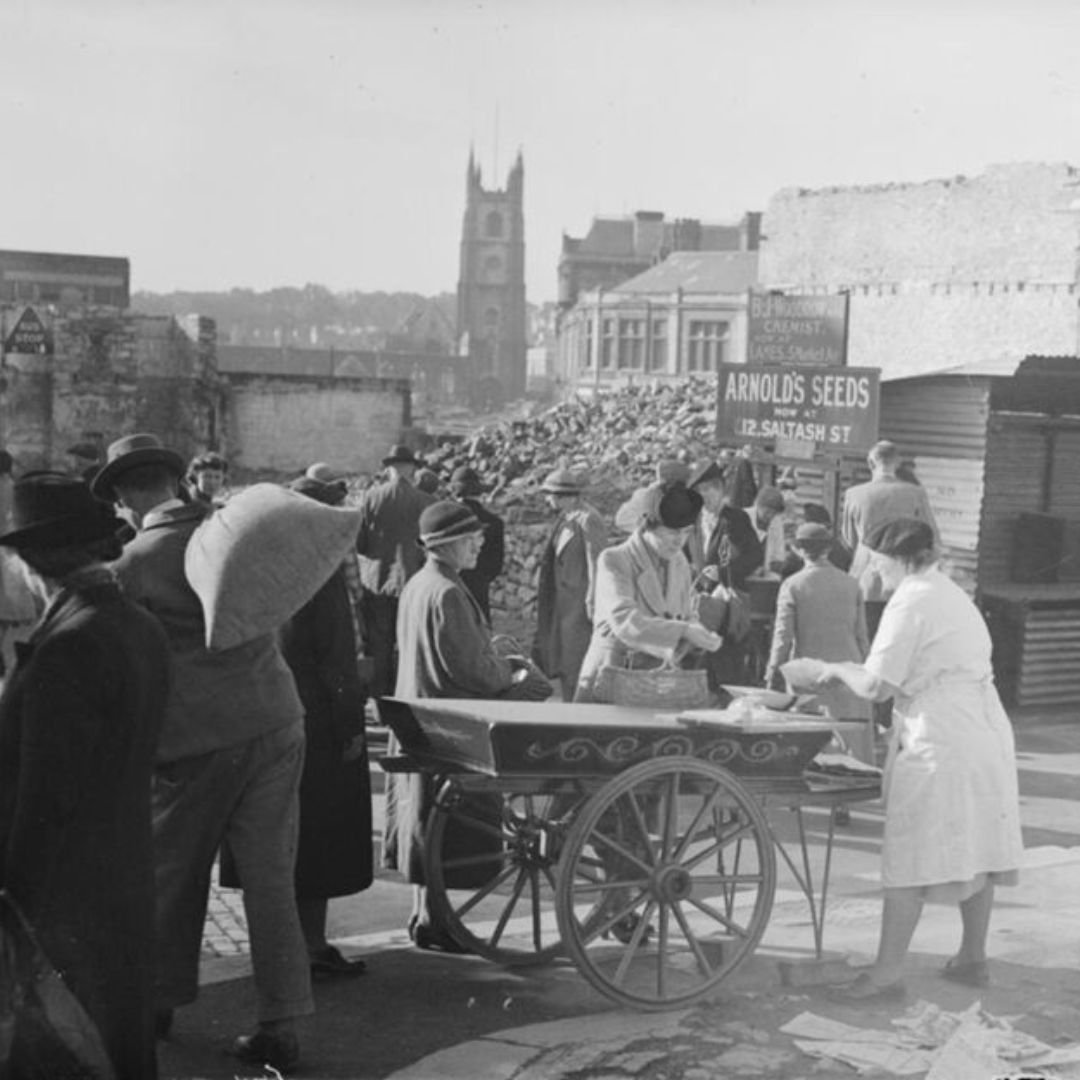Why Wasn’t Oxford Bombed in World War II?
Very little has changed in Oxford over the last 200 years.
Oxford is famed for its architectural beauty; everywhere you turn you’re met with grand buildings in the distinctive golden stone that defines the city.
From world famous medieval buildings to bold, contemporary design, this compact city centre is home to some of the most outstanding architecture in the world.
It’s also home to the oldest university in the English-speaking world - Oxford University.
Fortunately, German bombers avoided Oxford entirely in WW2, therefore the historic buildings here are remarkably well-preserved.
That’s what makes Oxford so popular with tourists, because its historic city centre, with beautiful buildings that are hundreds of years old, is so well preserved.
It’s better-preserved, in fact, than almost any other city in Britain.
Partly, this is because many medieval college buildings were lovingly restored during Victorian times, but mostly this is because the city centre of Oxford escaped being bombed altogether in the World War..
It’s said that Hitler planned to use Oxford as his capital following his invasion of England, so wanted the city kept intact.
However, there’s not much evidence for it, except the discovery of plans to use Oxford as stationing point for troops, which is not the same thing as using the city as a capital – despite the way it’s usually been reported.
An alternative theory states that a deal was struck between Britain and Germany that Germany would not bomb Oxford and Cambridge in exchange for two German university cities being similarly spared.
Even at the height of war, the two sides would have enough respect for academia and history to avoid bombing what would otherwise be tempting targets, but also doesn’t seem to have much basis in evidence.
Cambridge was bombed, though it got off relatively lightly.
During the Baedeker raids, historic British cities such as York, Canterbury and Bath were deliberately targeted in revenge for attacks on historic German cities such as Lübeck.
It’ll probably remain a mystery why Oxford city centre was spared.
It may be a combination of factors – including the desire by some to preserve a beautiful city, perhaps the knowledge that Hitler was fond of it, and perhaps something more prosaic, like the fact that to get there you’d fly over a better strategic target like London, as well as all of London’s defences.
It’s also been suggested that it was preserved to serve as a centre of communications in the event of invasion.
Whatever the reason, let’s just be grateful when we admire Oxford’s dreaming spires that it worked out the way it did!
Five beautiful, historic buildings in Oxford
Arguably, one of Oxford’s most iconic buildings, is the Radcliffe Camera, which dominates the picturesque cobbles of Radcliffe Square, in the heart of the city.
Built in the early 1700s in the English Palladian style, Radcliffe Camera is part of the Bodleian Library, and is the earliest example of a circular library in the country.
Built between 1427 and 1483, the Divinity School is another truly glorious example of European medieval architecture.
Attached to the Bodleian Library, it served as a place for lectures, exams and discussions on theology but now is available to hire for weddings and parties – and what a setting it makes!
The ceiling, with the lierne vaults creating a delicate star-shaped pattern, is a work of art – definitely worth visiting on one of the library’s guided tours.
Another gem is the Ashmolean Museum, Oxford’s finest neoclassical building and the world’s oldest university museum.
The imposing façade, designed by Charles Cockerell dates back to around 1841, provides a grand entrance for the hundreds of beautiful paintings and priceless archaeological specimens that lie inside.
No visit to the city would be complete without an afternoon spent exploring the treasures of the Ashmolean.
Although not technically a building, the Bridge of Sighs is a much-loved part of Oxford’s architectural landscape.
Linking two parts of Hertford College, the bridge is famed for its similarity to the Bridge of Sighs in Venice.
Completed in 1914, Oxford’s offering is a little more ornate and incredibly charming – and is one of the most photographed spots in the city.
Oxford University’s Museum of Natural History is another striking example of Gothic Revival style architecture will stop you in your tracks.
Here, Oxford’s answer to The Natural History Museum in London, celebrates the natural world through architectural touches including carved columns featuring plants, birds and animals, all under a magnificent glass roof.
The museum houses a very impressive collection of zoological and geographical specimens, including the famous Oxfordshire dinosaurs and even the remains of a Dodo.
Christ Church College is another gem - probably best known as the location for many Harry Potter scenes.
Founded in 1546 by King Henry VIII, Christ Church College is uniquely a joint foundation of the university and the cathedral of the Oxford diocese.
The staircase was used to film the famous entrance scene where Professor McGonagall meets Harry, Ron and Hermione.
The staircase leads then up to the Tudor Great Dining Hall which was used as an inspiration for the great Hogwarts Dining Hall.
The hallways of Christ Church were also used to film the scene in which Hermione shows Harry the Quidditch trophy his father won.
Badly hit areas in Britain during World War II
Coventry, an important engineering and armaments producing centre, was raided on 14-15 November 1940.
German bombers dropped 503 tons of high explosive and 30,000 incendiary bombs on the city. 568 people were killed and 850 seriously injured.
The medieval Cathedral was destroyed. Almost one third of the city's houses were made uninhabitable and 35% of its shops destroyed.
In a relatively small city with a population of just over 200,000, everyone knew someone killed or injured in the raid.
A new verb coventrieren – 'to Coventrate' was used by the Germans to describe the level of destruction.
Birmingham was Britain's third most-bombed city, after London and Liverpool. The first major raid took place in August 1940.
More followed in September and October. In a raid on 19-20 November 1940, more than 400 tons of high explosive bombs were dropped.
One of the city's most important factories, the Birmingham Small Arms (BSA) works, was hit and 53 workers were killed. In a new tactic of hitting towns and cities on consecutive nights, Birmingham was blitzed again on 21-22 and 22-23 November.
By November 1940, Bristol had already endured numerous air raids. German bombers had targeted its docks at Avonmouth and its aircraft factories on the outskirts of the city.
But on 24 November the city was hit by an air raid of much greater ferocity than those that had come before. German bombers dropped 1,540 tons of high explosives and 12,500 incendiaries.
The raid left 207 dead and 187 seriously injured. Many of the city's historic buildings were destroyed or in flames and 175 UXBs (unexploded bombs) were left behind.
During 1940, Liverpool and the rest of Merseyside was the most bombed area outside London. On 28-29 November it was hit by 350 tons of high explosive bombs.
From 20-23 December, Merseyside was hit on consecutive nights.
While the city’s docks were the main target, the surrounding streets of terraced houses, which housed the dock workers and their families, were also devastated.
During the first eight days of May 1941, Merseyside was bombed almost every night. 1,900 people were killed, 1,450 seriously wounded and 70,000 made homeless. In Bootle, 8,000 out of 17,000 houses were destroyed or damaged during the Blitz.
Plymouth was hit by intermittent small scale bombing raids throughout 1940. Its docks and naval base made it a major target and in March and April 1941, Plymouth and neighbouring Devonport suffered a series of devastating raids.
More than 900 people were killed and 40,000 were made homeless. The city lost its historic Guildhall and the main shopping streets were particularly badly hit.
The extent of destruction in the city is evident in this photograph, dating from 1943, showing shoppers among piles of rubble and makeshift stalls.
If you enjoyed this blog post, please follow Exploring GB on Facebook for daily travel content and inspiration.
Don’t forget to check out our latest blog posts below!
Thank you for visiting Exploring GB.

